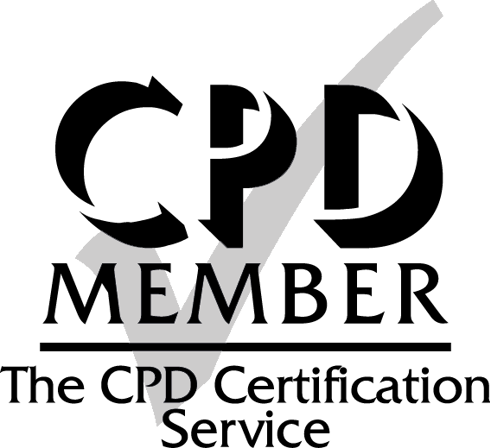Background: Imaging-based patient selection for neurothrombectomy relies on identifying irreversibly damaged brain tissue (core) and salvageable tissue (penumbra). The DAWN trial used the clinical-core mismatch (CCM) paradigm, where clinical deficit is disproportionate to infarct volume. This study aims to determine the prevalence of CCM in large vessel occlusion (LVO) strokes and examine the impact of time and the Alberta Stroke Program Early CT Score (ASPECTS) on mismatch likelihood.
Methods: Researchers conducted a retrospective observational analysis of internal carotid artery/middle cerebral artery M1 occlusions with advanced imaging (relative cerebral blood flow/MRI). Automated software was used to analyze infarct volume and determine ASPECTS. The prevalence of CCM and the influence of time and ASPECTS were analyzed.
Results: A total of 185 LVO strokes were included. Mean age was 71 ± 15 years, and the median National Institutes of Health Stroke Scale score was 17 (range 12–21). Mean ischemic core volume was 50 ± 69 mL. Within 0–24 hours, CCM was present in 53%, ranging from 63% in the 0–3 hours group to 25% in the 21–24 hours group (p = 0.03). The prevalence of mismatch decreased by 1.6% for each hour increase in time to imaging. CCM prevalence by ASPECTS groups was: ASPECTS 9–10: 77%, ASPECTS 6–8: 65%, ASPECTS 0–5: 13% (p < 0.01), with a 6.4% decrement for each 1-point decrease in ASPECTS. The prevalence of mismatch did not diminish over time among ASPECTS groups, and higher ASPECTS was an independent predictor of CCM (OR 1.4 [95% CI 1.1 to 1.7], p < 0.001).
Conclusions: CCM is present in 57% of LVO strokes within the 0–6 hour window and 50% within the 6–24 hour window. The prevalence of mismatch declines with increasing time (1.6% per hour) and decreasing ASPECTS (6.4% per point). However, the prevalence of mismatch does not decline over time among ASPECTS groups. These findings support the use of an ASPECTS-based paradigm for patient selection in the late window.












